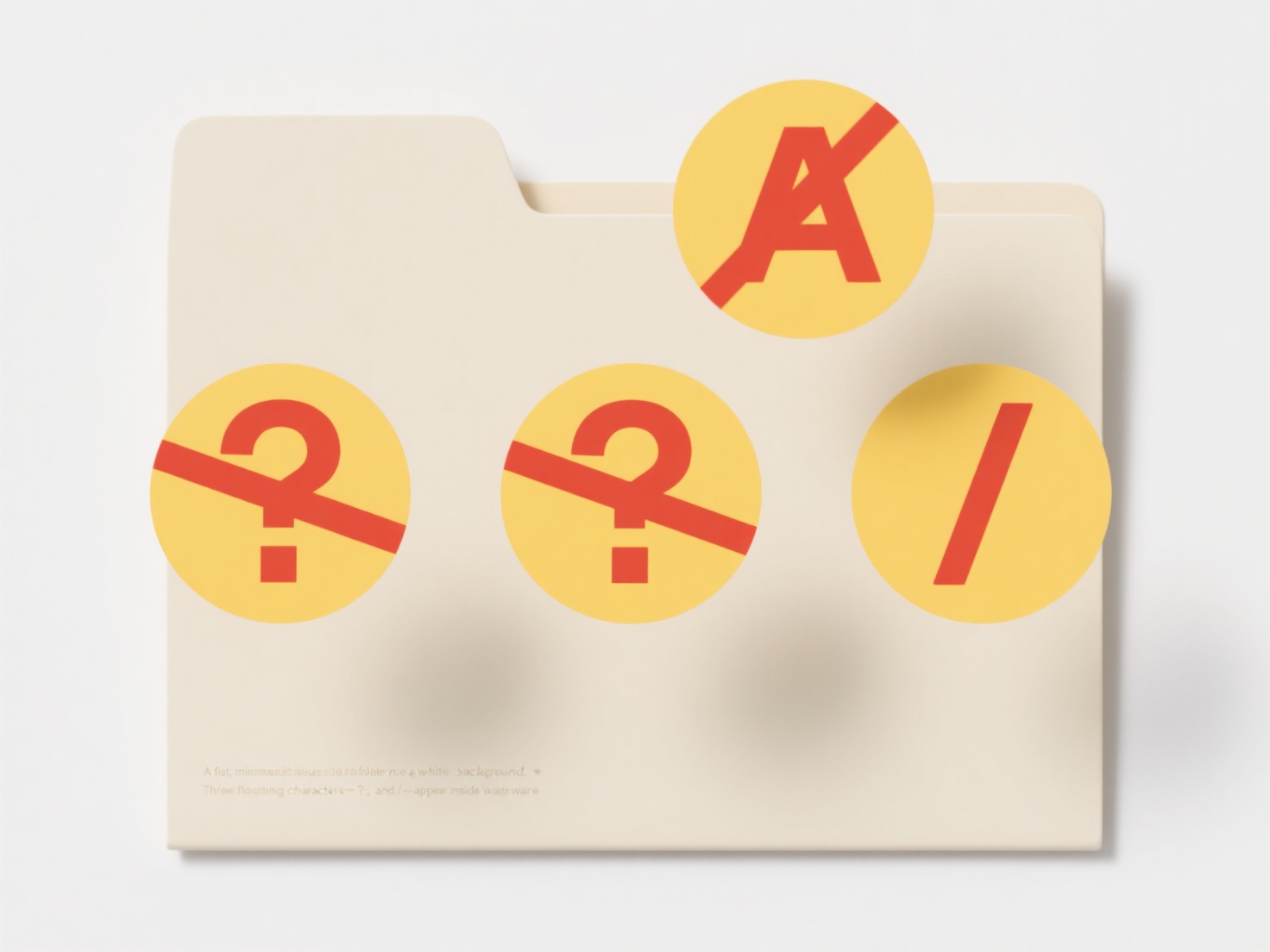
Changing the default program allows you to select which application automatically opens when you double-click a file of a specific type (like a PDF or JPG). Your operating system manages these file associations, linking file extensions (e.g., .pdf) to an installed program. Changing the default differs from just opening a file once with a different program; it permanently sets the application used for all files of that type unless changed again.

For example, on Windows 10/11, you navigate to Settings > Apps > Default apps and choose "Set defaults by file type" (or right-click a file > Properties > "Opens with > Change"). On macOS, right-click a file > "Get Info," expand the "Open with" section, choose an app, and click "Change All." Common scenarios involve setting Adobe Acrobat for PDFs instead of your web browser, or choosing a preferred photo editor for images.
The primary advantage is personalized workflow efficiency, ensuring files open instantly in the applications you use most. Limitations involve remembering different system menus and potential confusion from unexpected default changes (e.g., after installing new software). Overall, controlling file associations significantly streamlines daily computer use and saves time.
How can I change the default program for opening a file?
Changing the default program allows you to select which application automatically opens when you double-click a file of a specific type (like a PDF or JPG). Your operating system manages these file associations, linking file extensions (e.g., .pdf) to an installed program. Changing the default differs from just opening a file once with a different program; it permanently sets the application used for all files of that type unless changed again.

For example, on Windows 10/11, you navigate to Settings > Apps > Default apps and choose "Set defaults by file type" (or right-click a file > Properties > "Opens with > Change"). On macOS, right-click a file > "Get Info," expand the "Open with" section, choose an app, and click "Change All." Common scenarios involve setting Adobe Acrobat for PDFs instead of your web browser, or choosing a preferred photo editor for images.
The primary advantage is personalized workflow efficiency, ensuring files open instantly in the applications you use most. Limitations involve remembering different system menus and potential confusion from unexpected default changes (e.g., after installing new software). Overall, controlling file associations significantly streamlines daily computer use and saves time.
Quick Article Links
How do I disable download or copy on a shared document?
Disabling download or copy refers to restrictions placed on a shared digital document to prevent recipients from saving ...
Why does a file download with a .download or .crdownload extension?
Files downloaded through web browsers often appear with .download or .crdownload extensions during the transfer. These e...
How do I rename series episodes consistently?
Consistent episode renaming involves applying a standardized naming pattern to all files in a season or series. It typic...